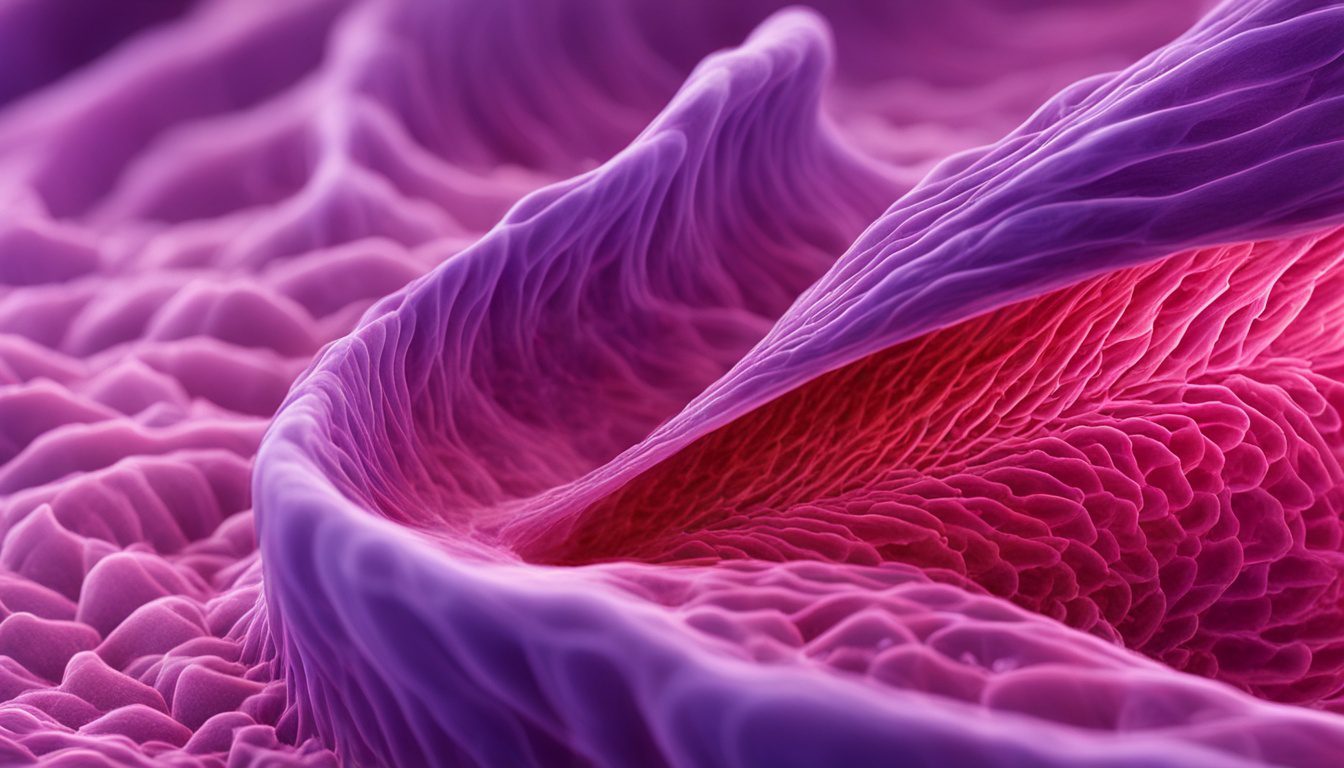Trichinosis is a dangerous infection. It comes from eating the encysted larvae of the Trichinella spiralis parasite. This parasite is often found in raw or undercooked pork dishes. Sadly, it affects thousands of people each year, causing a small number of deaths.
The disease shows up in two main phases in people – first the intestines, then the muscles. You might notice a high fever, diarrhea, and muscle pain. Some people also have swelling around their eyes. In more serious cases, the heart and lungs can be affected.
The main drug used to treat trichinosis is mebendazole. It works as an anthelminthic, which helps fight parasites. But, it doesn’t work for everyone and can be hard to take. That’s why doctors are looking for other treatments, like using stem cells.
Stem cells have been successful in treating many diseases. They have helped repair tissues damaged by parasites before. This shows they might be a good option for trichinosis too.
This article will dive into trichinosis. We’ll look at what causes it, how it’s diagnosed, and the latest on using stem cells to treat it.
Key Takeaways:
- Trichinosis comes from eating undercooked pork with the Trichinella spiralis larvae.
- Its symptoms include fever, diarrhea, muscle pain, and swelling around the eyes.
- It can lead to serious issues with the heart and nervous system.
- While mebendazole is the main treatment, new therapies like stem cell use are in the mix.
- Stem cell therapy could help repair the damage trichinosis does to the body.
Stem Cells as a Potential Therapeutic Trend for Experimental Trichinosis
Scientists have studied how mesenchymal stem cells (MSCs) might help in trichinosis treatment. MSCs can change into other cell types and influence the immune system.
In the study, MSCs from albino mice’s bone marrow were used. Then, mice were infected with T. spiralis larvae. This mimicked both the intestinal and muscular trichinosis stages.
Mice were split into different groups. This included ones not infected, infected but untreated, and those treated with either Mebendazole (MBZ) or an MSCs, or both.
The team looked into the treatment’s effects using parasite counts and tissue health checks. They found the combination of MSCs and MBZ was best. It lowered worm and larvae numbers, and kept tissues healthy.
These results hint that MSCs might be part of a better trichinosis treatment.
Evaluation of Therapeutic Impact
One way to check the treatment was counting worm and larvae numbers. Fewer found after treatment means it works.
Examining tissue under a microscope also showed treatment effects. This included checking for signs like inflammation and tissue damage.
They also looked at tissue enzyme activities to see treatment results. Changing enzyme levels showed how well the treatments worked.
Another test used a special microscope to see how MSCs and the parasite interact. It gave clues about how MSCs fight the disease.
Therapeutic Impact of Mebendazole (MBZ), Mesenchymal Stem Cells (MSCs), and Combination Therapy
| Treatment Group | Reduction in Intestinal Worms (%) | Reduction in Encysted Muscular Larvae (%) | Tissue Preservation |
|---|---|---|---|
| Control (Infected) | N/A | N/A | Significant tissue damage |
| MBZ alone | 50 | 40 | Moderate tissue damage |
| MSCs alone | 30 | 25 | Mild tissue damage |
| Combination therapy (MBZ + MSCs) | 65 | 55 | Minimal tissue damage |
This table summarizes how mebendazole, mesenchymal stem cells, and combining them helped. It shows the biggest drop in worm and larvae numbers was with the combo. Plus, this mix kept tissues in better shape. This suggests it could be a stronger treatment choice.
Conclusion
Trichinosis comes from eating undercooked pork that has the Trichinella spiralis larvae. It’s risky because it can lead to severe illness with symptoms hurting different organs. There’s a medicine, mebendazole, that can help. But it might not work all the time.
Some recent tests looked into using mesenchymal stem cells (MSCs) to treat trichinosis. They had good results. MSCs could lower the number of parasites and help the organs damaged by the disease. So, they may be a good extra treatment.
We still need more tests and studies on using stem cells for trichinosis to be sure it’s a good idea. Exploring this new way of treatment could really help make dealing with trichinosis better. It may help many people avoid or get better from this sickness caused by a parasite.

